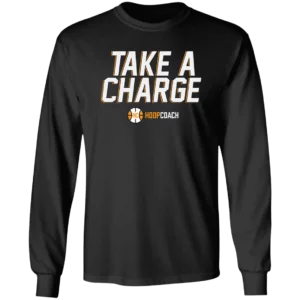A few articles ago, one of the discussions centered around the dearth of modern day big men who are skilled and/or interested in acquiring skills in the low post.
Even many young bigs (or their parents or handlers) bristle if you even think of playing them anywhere below the free throw line extended. I hate to blame it on Magic Johnson but the thought process began at about that time. The thinking went something like this, “If Magic can do it, so can my son.” Of course, the thinking went beyond playing point guard; it also included playing the other perimeter spots.
So, really we have decades of many players rejecting the low post except for the very realistic thinkers and some old school adherents.
That thinking helped push offensive thinkers into many of the dribble-drive offenses utilized today as well as the mass resurrection of screen-roll/pop options-either as set plays or random screens by random screeners in motion/spacing formats.
Those offenses, in and of themselves, aren’t problems but as discussed here before, the essence of a lot of successful offense is a good thrust in the heart/guts of a defense, which puts the defense in a help/recover mode (scramble). If screen/roll and dribble drive get it done, that’s great but a good player in the low post with the ball after a feed is still one of the better ways to make the defense have to adjust.
One of my best teams had two #5’s who shared time. One was defensive oriented and almost didn’t have to be guarded; the other was really a stretch #4 and we pulled that second guy out a lot and posted our #2, #3 and #4-dependent on opponents’ matchups. (We would take the defensive oriented center out and play smaller with a swingman type). All 3 were weapons in the low post with various attributes and all loved to play in there because they all LOVED to score. All 3 knew they weren’t locked in there, so they were all cool with it.
We just called it 4 Man (Player’s Name) and concentrated on spacing, and player and ball movement. We concentrated on feeding the post but obviously the other 4 guys were “playing basketball”- a notion we sometimes forget when we coach offense.
So, what were the by-products of posting our #2, #3 or #4 Men?
They were being guarded in the low post by defenders who either had never defended a post before, or couldn’t or didn’t want to-OR ALL OF THESE.
We got fouled a lot.
Our #2 and #3 in particular were very good passers if the defense doubled from any direction. Our #4 was adequate in this regard.
As mentioned, these 3 players loved the opportunity to be the focus. If the defense adjusted and switched assignments, we could either change the
player being posted or we could isolate a player outside to take advantage of a matchup.
This feature made us a “tough prep” because many teams don’t practice defending the post with their perimeter players.
In summary, every offensive scheme has to fit the personnel on hand pretty well. Posting your best players other than your #5 might be worthy of consideration this off-season.


